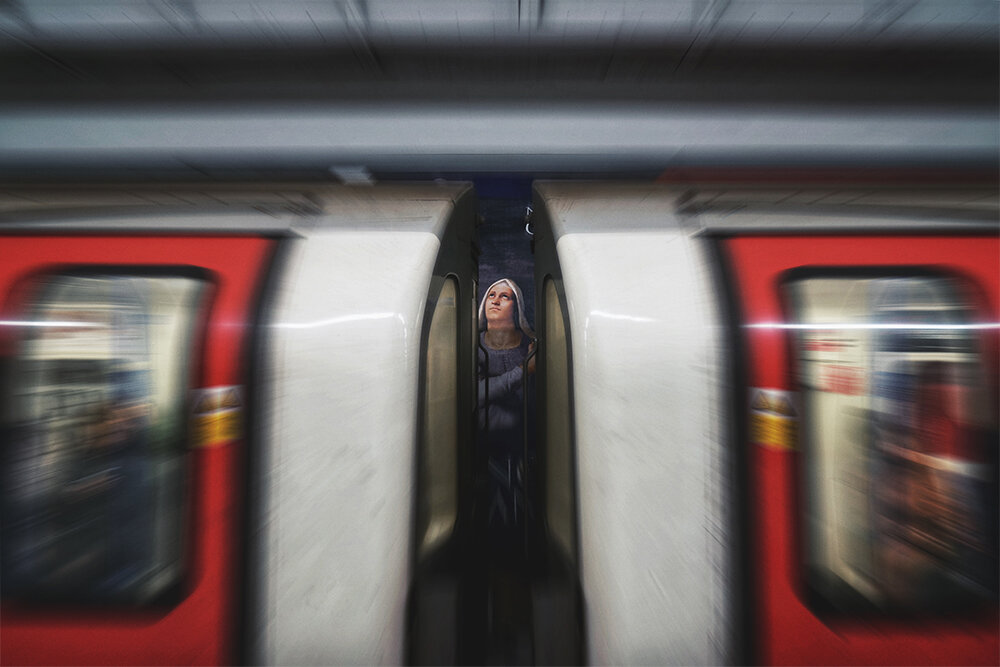Currently writing a series of blog articles on photography composition I thought this time I’d cover symmetry and include some of my own symmetry photography examples to illustrate this.
The two previous articles on composition covered:
Now… I cannot speak for others but in my opinion symmetry is key in photography.
Of course it needn’t be present in all photography but it’s hard to deny the strong and positive impact it has on any photograph.
Symmetry seems to satisfy a need within us.
It fills me with calm and feels relaxing to my brain. It feels good.
But why is that? Why do we take pleasure from symmetry?
I guess the answer lies in the fact symmetry occurs EVERYWHERE in nature and we as humans have forever attempted to recreate it through art, architecture and various areas of design because it makes perfect sense.
Symmetry is directly linked to balance and strength.
Think of your own body for a start (says the guy with the slightly asymmetrical face!).
Overall we are pretty balanced: Our left side generally more or less reflects the right one. It’s pretty necessary if we wish to achieve balance and important tasks such as walking.
Look at the butterfly and its perfectly mirrored wings. Again it is absolutely necessary for its wings to be a copy of each other both for camouflage and more importantly / vital so it can fly.
Humans from such observations developed planes and understood the need for symmetry in their design.
So symmetry is indeed needed, it’s an evolutionary must.
As for applications within my photography, it doesn’t take a very long time for me to compile a good selection of symmetry photography examples for you…
I’m a bit of a symmetry addict.
With the following examples I include a few tips on how to achieve (or how to look for) symmetry in photography.
In red I have highlighted the mirror line aka the axis of symmetry:
In the example above and below, I have used water and reflections to my advantage to create a perfect mirror image. This is probably the easiest way to achieve symmetry.
Whereas at times it seems symmetry just presents itself to you, if you know where to look AND if you know how to embrace the fact that symmetry has various levels and isn’t always as perfect as holding a mirror:
At times it is possible to use the perfect arrangement of man-made things, such as these red telephone boxes or these two tube carriages:
Or it becomes a bit of a challenge to make sense of it all… but with a bit of patience, trial and error, balance can be found anywhere:
I’ll leave you with this last example and tip:
Use shop windows and reflective surfaces under scaffolding (like in that shot) to create reflections in your street photography.
I hope this post was useful and inspiring to go and explore the possibilities using symmetry in photography.
Please be sure to share your own examples by mentioning @nicholasgoodden on IG or Twitter, I’ll be looking forward to seeing and sharing what you all come up with!
Until next time.















